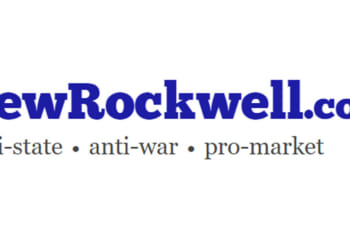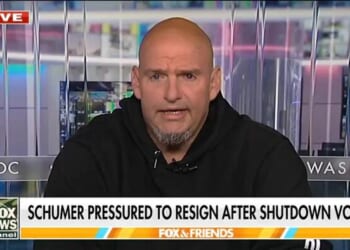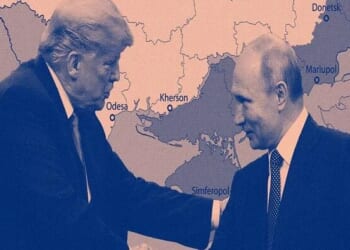Last week, Peter joined David Lin to discuss recent action in markets and politics. He starts by explaining why the global rush into gold is not a speculative fad but a structural shift in the monetary system. He then lays out the market evidence, the historical context, and the fiscal realities that, in his view, make gold a logical hedge against currency debasement and a warning light for what comes next.
He begins by comparing gold’s latest run to the history books, noting that central banks are not buying gold as a speculative bet, but to re-establish gold as monetary backing for their currencies:
They’re buying gold to restore gold as the monetary backing of their currency. And this, I think, is a major transformation in the global monetary system. I think it’s on the order of, or maybe bigger than what happened in the 1970s when we went off the gold standard. And so the world went from having the US dollar backed by gold as the reserve to just having a fiat currency as the reserve. That was a significant shift in the monetary order.
Peter points to a stark historical metric: measured in real money (gold), US equities have collapsed over decades, and even collecting coins outperformed stocks once dividends and real returns are considered:
Given the fact that just holding gold in a shoebox beat the Dow, and I’m not talking about just the price, it actually beat the return because the dividend yield has been pretty low over these years. You actually did better just holding a gold coin. And so I guess, given that, I think Wall Street finally recognizes that yes, gold has a place in your portfolio. And if that’s the case, well, this rally has a long way to go because that means a lot of investors have a lot of gold they need to buy.
He connects that shift to the unsustainable fiscal path of the United States, arguing the federal government cannot honestly repay its liabilities without dramatic currency debasement:
But I think what’s even more significant is a long overdue realization that the US cannot possibly repay its debt, honestly, that the national debt, which is now 38 trillion, and of course that’s just the bonded debt, not with all the unfunded liabilities, but the treasuries that a lot of foreign central banks own, there’s no way the US government can repay that debt in money that isn’t dramatically debased, meaning that the US government will not be able to raise sufficient tax revenue to make good on its obligations. The Fed is gonna have to print the money.
Peter is skeptical of government-directed investment and the political incentives that drive where taxpayer money is sent, noting that public officials lack the downside that private investors face:
But when the government is allocating capital, it’s not doing it for those reasons because it’s not allocating your own money. I mean, when Donald Trump decides to put taxpayer money into an investment, it doesn’t cost him anything if it goes sour, right? Remember with Solyndra, right? If you’re investing somebody else’s money and you have no skin in the game, what the hell do you care? So now you start to be guided by politics, right? Which companies is the president investing in? What is he getting under the table to allocate taxpayer money to these investments?
He closes by tying the fiscal and monetary paths together: the only realistic stopper for widespread banking distress, he argues, is massive money printing — and that outcome points to a dollar and sovereign debt crisis, the very signal gold is already sending:
But that is the environment that we’re in. And it’s going to get a lot worse. And I think the only way that we’re not going to see widespread failure in the banking system is if we have massive money printing. And so that’s going to ultimately cause a dollar and sovereign debt crisis. And again, that is what gold is telling you. Gold is the monetary canary in the coal mine.
This article was originally published on SchiffGold.com.












